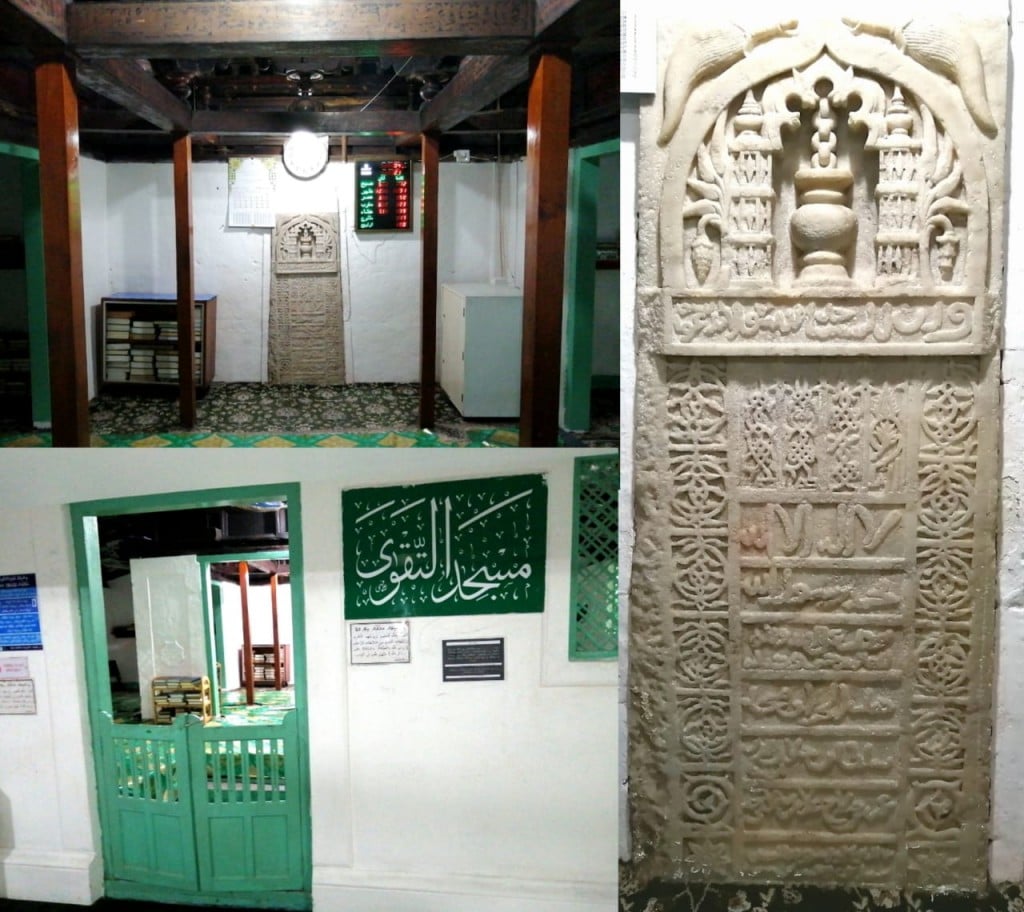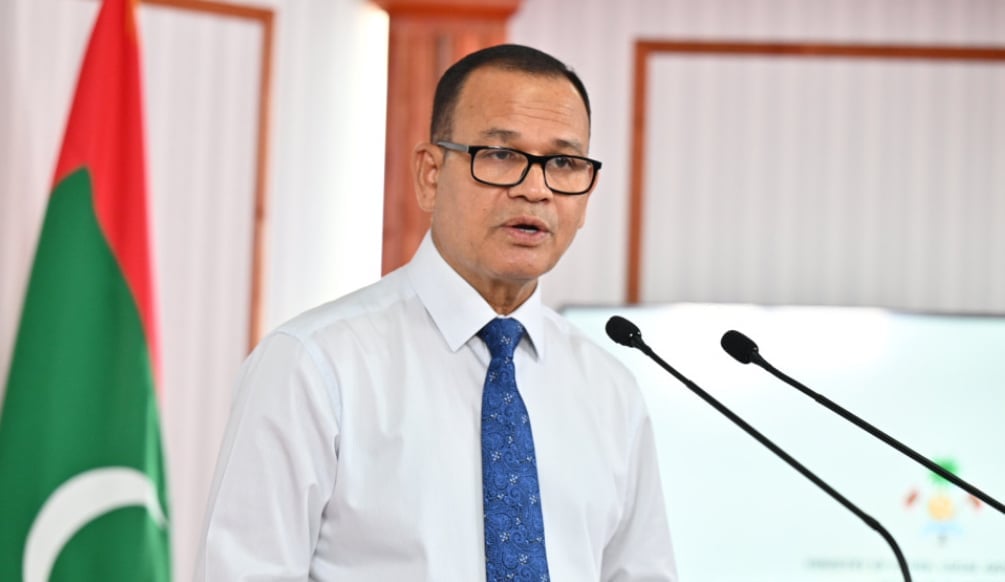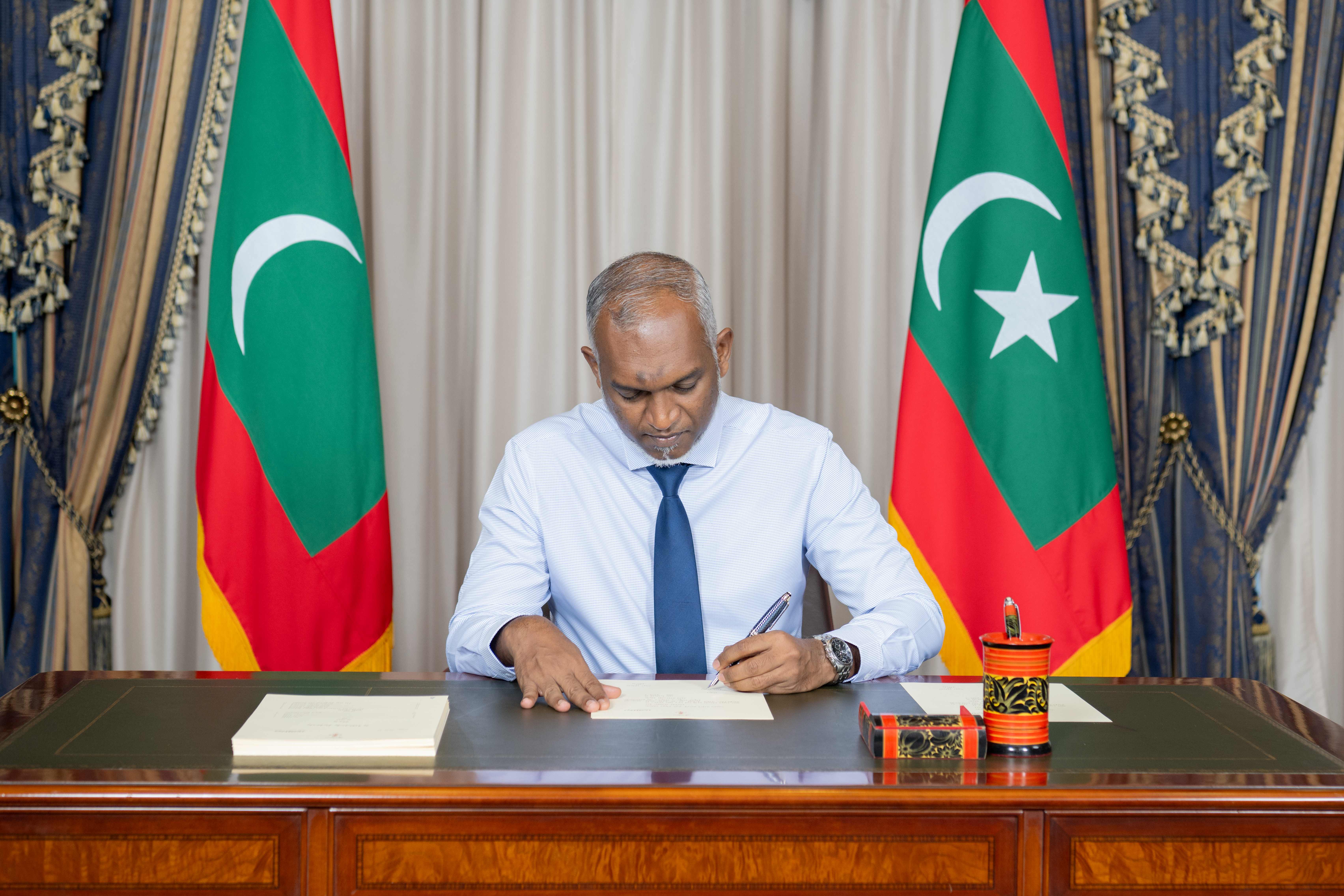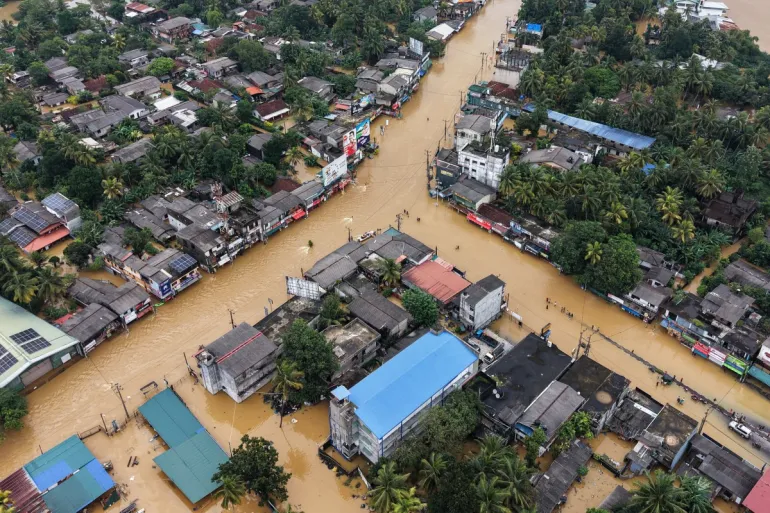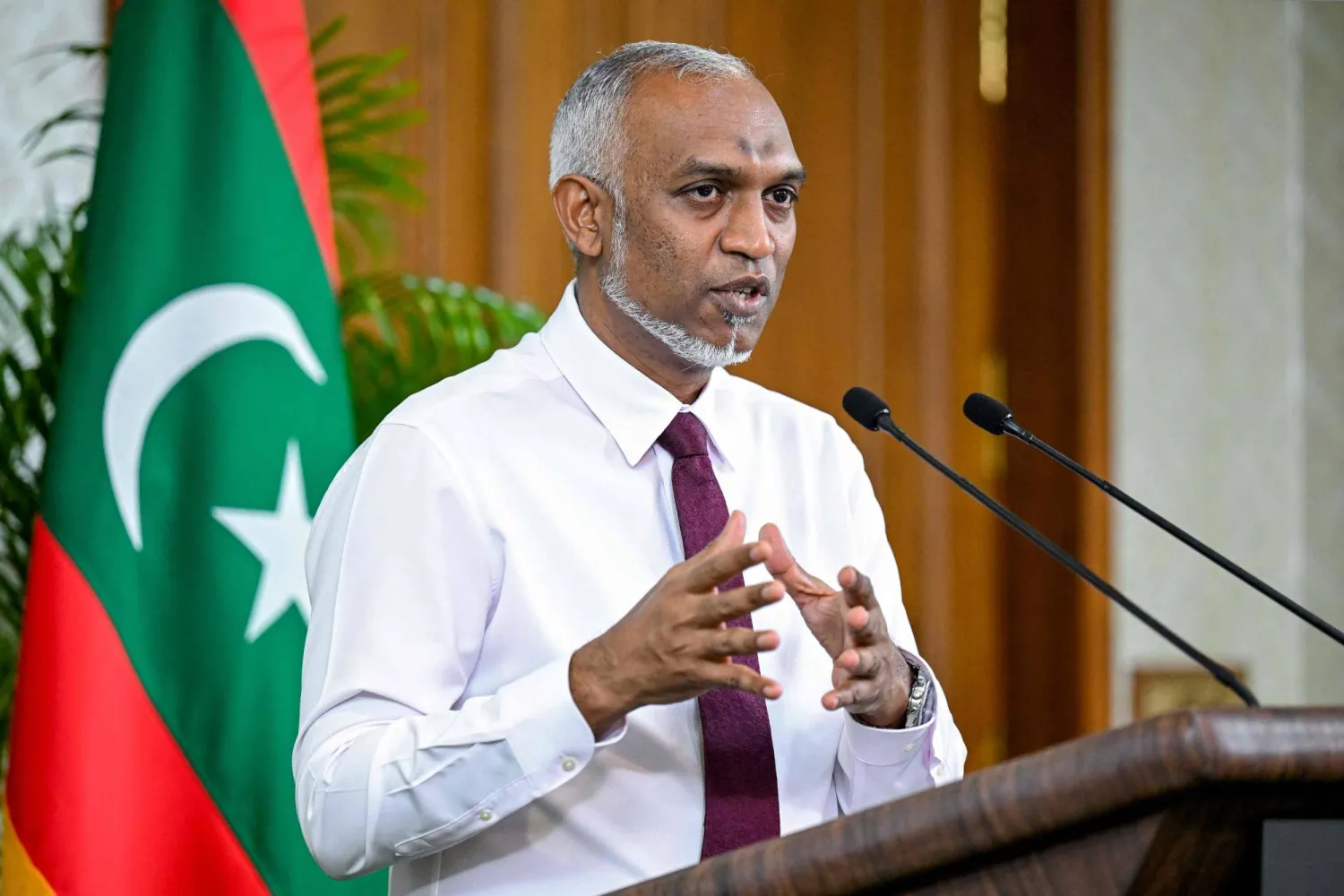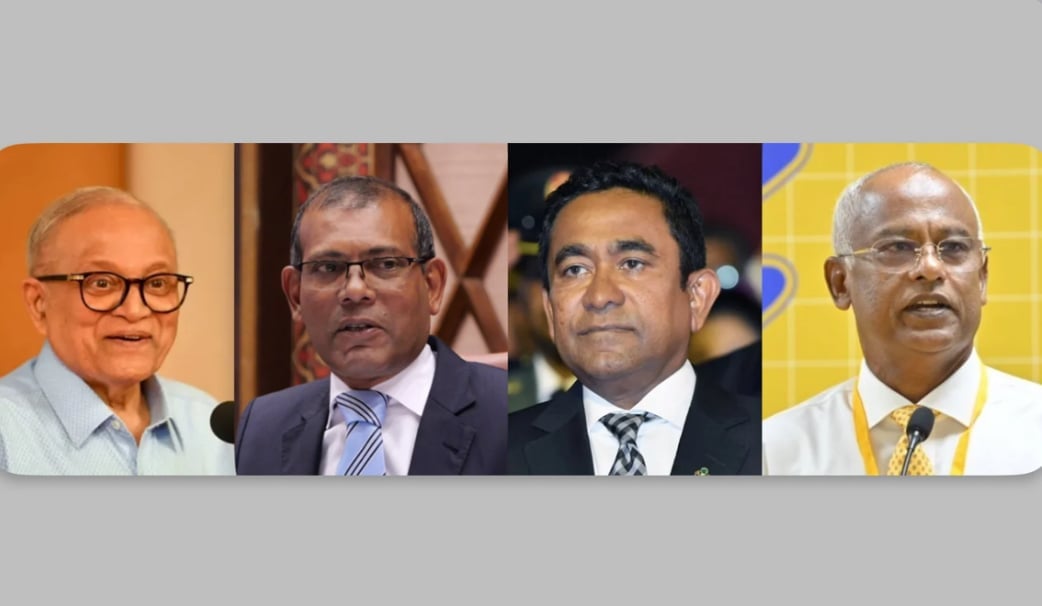The Maldives became an Islamic kingdom in 1153 CE, when the then-king of the Maldives, Dhonei Kalaminja Siri Bovana Aditta Maha Radhun, also known as Dharumavantha Rasgefaanu, converted to Islam under the guidance of Yusuf Al-Tabrizi. Therefore, it is undeniable that mosques have been built in the Maldives since that time.
Today's essay examines a mosque erected around one and a half centuries after the Maldives converted to Islam. The mosque known as Baa Miskiy (Old Mosque) is located in Malé's Henveyru Avah (ward). It was also known as Henveyru Aa Miskiy. The inscription in this mosque during the reign of Sultan Muhammad Shamsuddin III reads هنوير آمسجد, which means Henveyru Aa Miskiy. The current official name is مسجد التقوى (Masjid Al-Taqwa). However, many people also refer to it as Sidi Miskiy or Kalhuhuraa Miskiy.

The mosque is known as مسجد سلطان جلال الدين عمر (Masjid Sultan Jalaluddin Umar), according to an inscription on the carved stone on the Qibla side. Sultan Jalaluddin Umar was the famous King Umar Veeru, who reigned over the Maldives from 1306 until 1341 CE. This king fathered Sultan Shihabuddin, Sultana Rehendi Khadija, and Sultana Radafati. Sultana Rehendi Khadija was the Queen when Ibn Battuta visited the Maldives.
The aforementioned stone is the oldest known artifact associated with the mosque. There could have been a mosque there much earlier. It's probable that King Umar Veeru rebuilt an existing mosque. However, the obvious antique inscription reveals that this is a mosque built by King Umar Veeru and named after him. As a result, this mosque could be more than 700 years old.
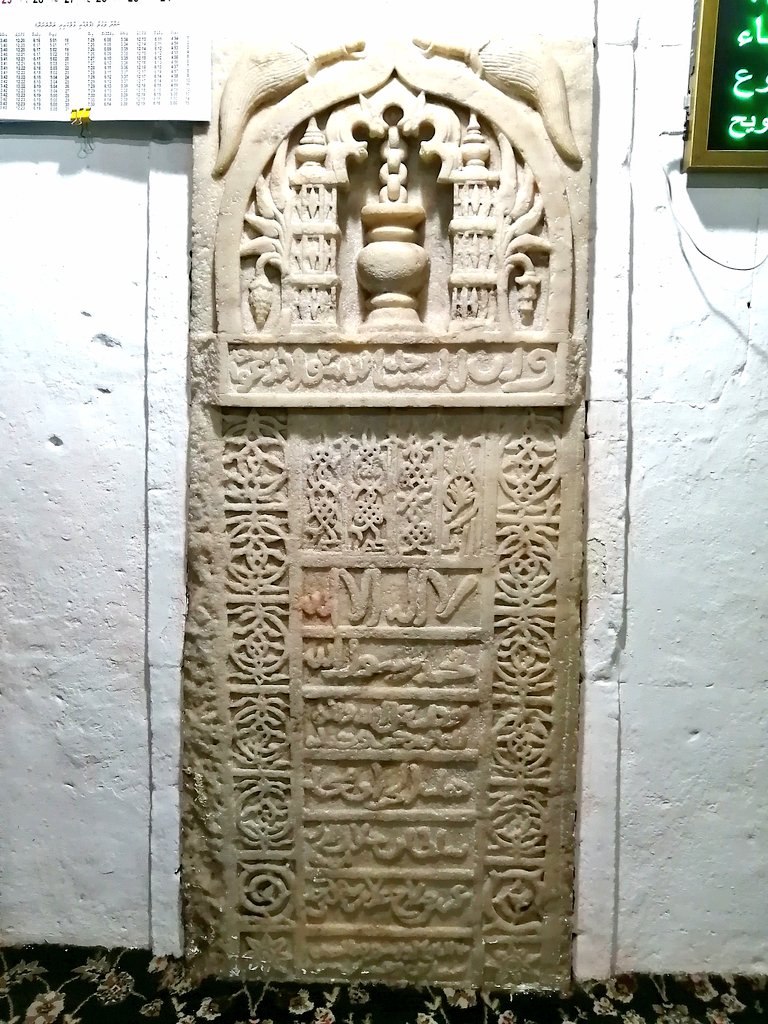
The stone placed by King Umar Veeru, which can still be seen on the Qibla side of the mosque, is thought to have been imported from Khambhat (also known as Cambay) in Gujarat, India. In Dhivehi, the place was known as Kanbaa. In ancient times, it was a well-known port city where Maldivians traveled to do trade. It was a highly developed city that produced a wide range of goods. Until recently, Maldivians wore a waist cloth known as 'Kanbaa'.
According to inscriptions on the mosque's wooden beams, Sultan Muhammad Siri Kularanmani Maha Radhun rebuilt it 350 years after King Umar Veeru's reign. This king, known as Dhevvadhoo Rasgefaanu, ruled from 1692 to 1701 CE. The date on the beam is 'Friday, 1st Rajab 1108 Hijri' (January 25, 1697 CE). The mosque's eastern wall also has the seal of Dhevvadhoo Rasgefaanu. During Dhevvadhoo Rasgefaanu's reign, many mosques in the Maldives were renovated and rebuilt.
This mosque was renovated again around two centuries after Dhevvadhoo Rasgefaanu, in the seventeenth year of Sultan Muhammad Shamsuddin III's rule. The renovation completed on the 19th of Jumada al-Awwal 1337 Hijri (February 20, 1919 CE).
Even after Shamsuddin's reign, this mosque has undergone a number of renovations. Verandahs have been constructed on both sides and in front of the mosque.
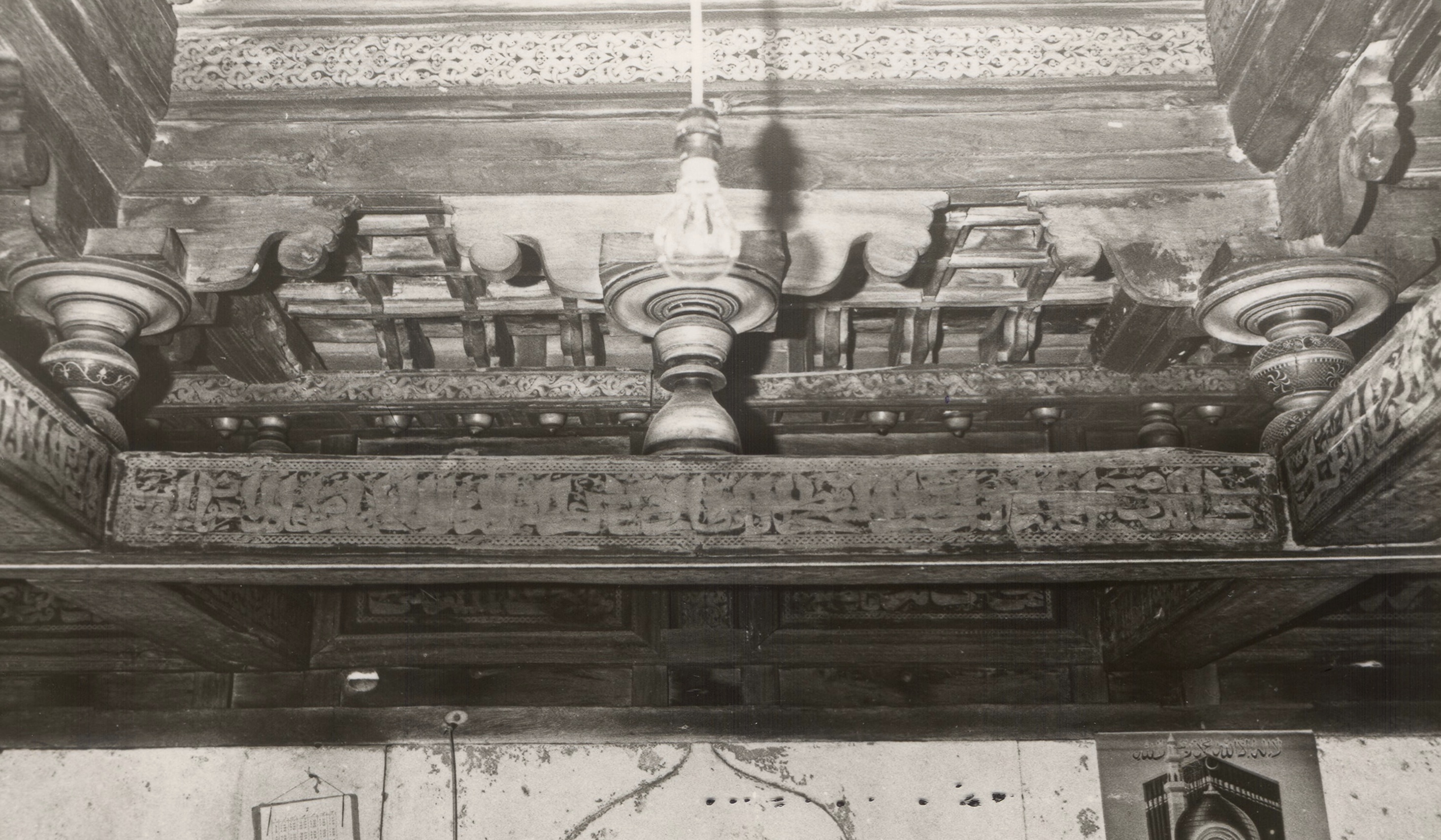
The historical octagonal coral stone well in front of the mosque is still visible. The mosque's wooden ceiling features culturally noteworthy specimens of traditional Maldivian woodcarving and lacquerwork, as well as excellent Arabic calligraphy.
Information sources:
Mosques of Male, written by Koli Hassan Maniku
Coral Stone Mosques of Maldives, written by Mauroof Jameel
Records from the era of Sultan Muhammad Shamsuddin III
Today's essay examines a mosque erected around one and a half centuries after the Maldives converted to Islam. The mosque known as Baa Miskiy (Old Mosque) is located in Malé's Henveyru Avah (ward). It was also known as Henveyru Aa Miskiy. The inscription in this mosque during the reign of Sultan Muhammad Shamsuddin III reads هنوير آمسجد, which means Henveyru Aa Miskiy. The current official name is مسجد التقوى (Masjid Al-Taqwa). However, many people also refer to it as Sidi Miskiy or Kalhuhuraa Miskiy.

The mosque is known as مسجد سلطان جلال الدين عمر (Masjid Sultan Jalaluddin Umar), according to an inscription on the carved stone on the Qibla side. Sultan Jalaluddin Umar was the famous King Umar Veeru, who reigned over the Maldives from 1306 until 1341 CE. This king fathered Sultan Shihabuddin, Sultana Rehendi Khadija, and Sultana Radafati. Sultana Rehendi Khadija was the Queen when Ibn Battuta visited the Maldives.
The aforementioned stone is the oldest known artifact associated with the mosque. There could have been a mosque there much earlier. It's probable that King Umar Veeru rebuilt an existing mosque. However, the obvious antique inscription reveals that this is a mosque built by King Umar Veeru and named after him. As a result, this mosque could be more than 700 years old.

The stone placed by King Umar Veeru, which can still be seen on the Qibla side of the mosque, is thought to have been imported from Khambhat (also known as Cambay) in Gujarat, India. In Dhivehi, the place was known as Kanbaa. In ancient times, it was a well-known port city where Maldivians traveled to do trade. It was a highly developed city that produced a wide range of goods. Until recently, Maldivians wore a waist cloth known as 'Kanbaa'.
According to inscriptions on the mosque's wooden beams, Sultan Muhammad Siri Kularanmani Maha Radhun rebuilt it 350 years after King Umar Veeru's reign. This king, known as Dhevvadhoo Rasgefaanu, ruled from 1692 to 1701 CE. The date on the beam is 'Friday, 1st Rajab 1108 Hijri' (January 25, 1697 CE). The mosque's eastern wall also has the seal of Dhevvadhoo Rasgefaanu. During Dhevvadhoo Rasgefaanu's reign, many mosques in the Maldives were renovated and rebuilt.
This mosque was renovated again around two centuries after Dhevvadhoo Rasgefaanu, in the seventeenth year of Sultan Muhammad Shamsuddin III's rule. The renovation completed on the 19th of Jumada al-Awwal 1337 Hijri (February 20, 1919 CE).
Even after Shamsuddin's reign, this mosque has undergone a number of renovations. Verandahs have been constructed on both sides and in front of the mosque.

The historical octagonal coral stone well in front of the mosque is still visible. The mosque's wooden ceiling features culturally noteworthy specimens of traditional Maldivian woodcarving and lacquerwork, as well as excellent Arabic calligraphy.
Information sources:
Mosques of Male, written by Koli Hassan Maniku
Coral Stone Mosques of Maldives, written by Mauroof Jameel
Records from the era of Sultan Muhammad Shamsuddin III





